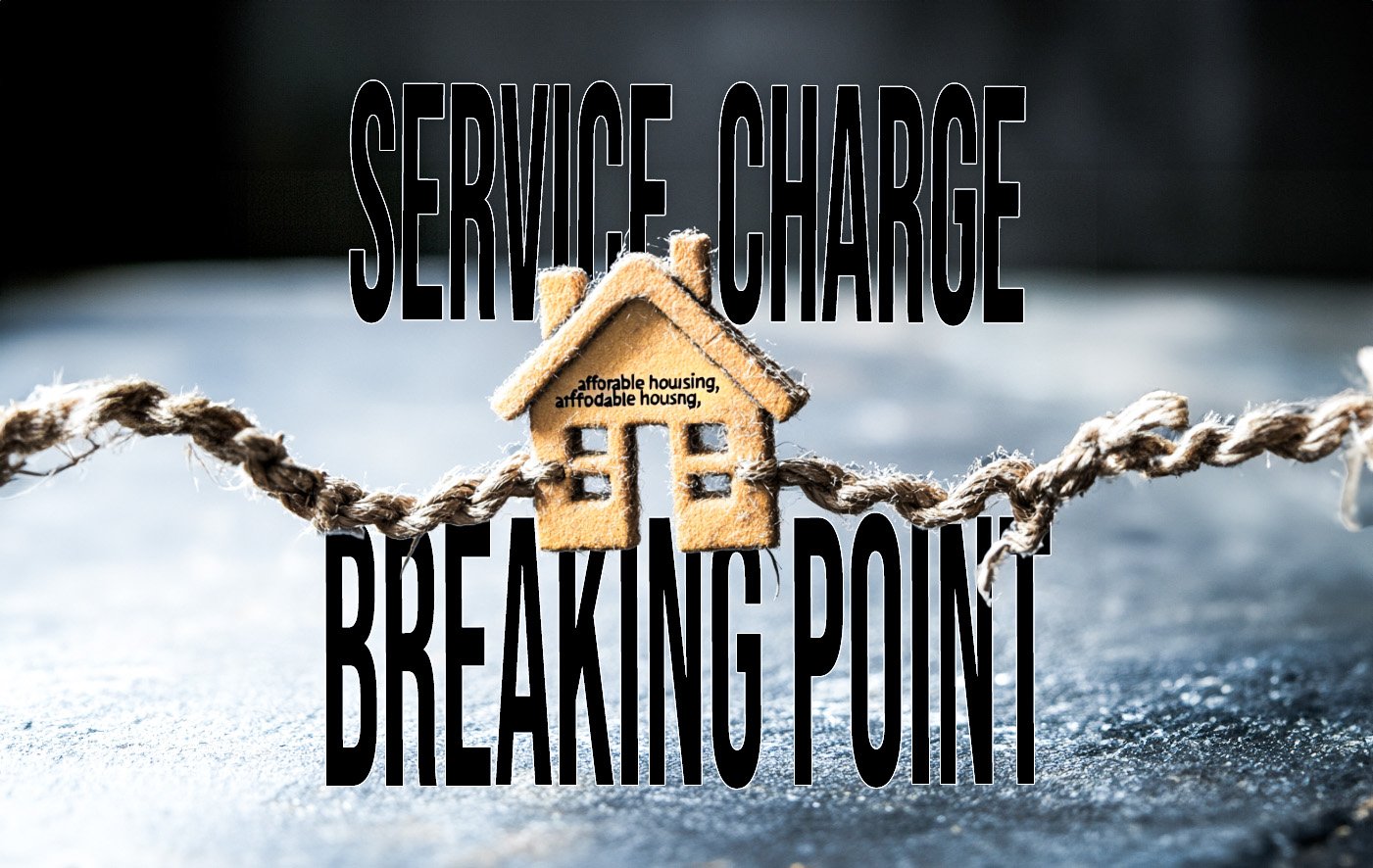
Beyond the Damp and Mould
Damp and mould are persistent, damaging, and dangerous. Whether caused by poor ventilation, structural flaws, or environmental factors, the outcome is the same: deteriorating homes and worsening health risks. It’s a problem that demands a real solution—not just surface-level fixes.
Yet beyond acknowledging these well-known health dangers, there’s a deeper challenge at play: trust.
What do residents actually perceive housing associations to be doing about damp and mould? More importantly, what are housing associations realistically able to do? The unfortunate truth is that when a housing association’s only visible response is sending someone to paint over the problem with mould-resistant paint, it’s not just ineffective—it breeds frustration and erodes trust.

Service Charge -Breaking Point.
In recent years, the issue of service charges has become an increasingly contentious topic. Across the UK, housing associations are steadily raising these charges, putting a severe financial strain on residents. What was once deemed "affordable housing" is, for many, becoming anything but affordable. This shift affects a wide range of people—leaseholders, shared owners, and those relying on universal credit or housing benefits to cover rising costs.

